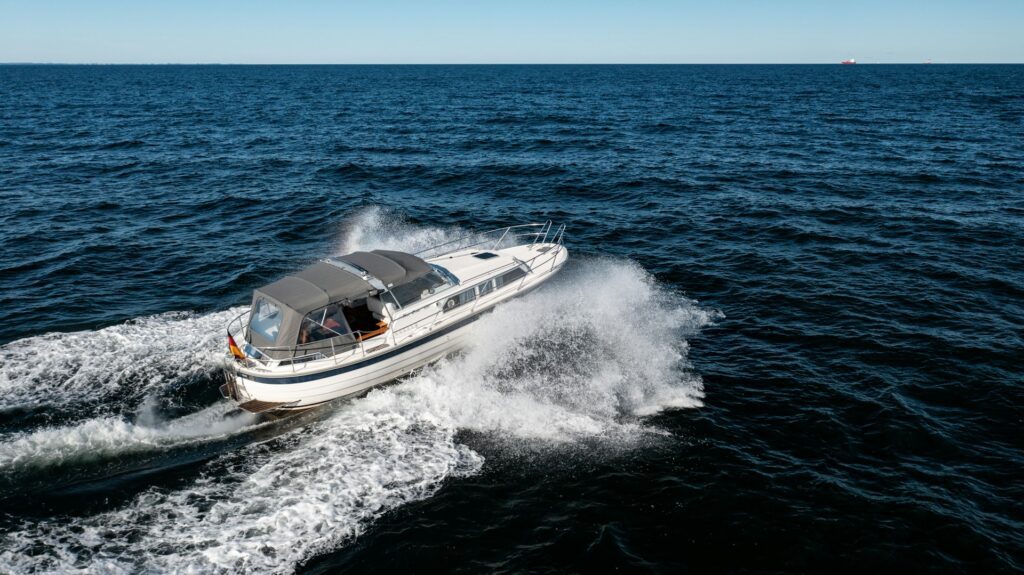There’s nothing quite like the scent of the water and the breeze on a warm summer day as you take your boat out for a ride. In fact, days spent on the water can be some of the most relaxing of the year. However, it’s essential to keep safety in mind when determining how fast you should operate your boat. Let’s explore the key factors that help determine a safe boat speed to ensure a smooth and secure experience on the water.
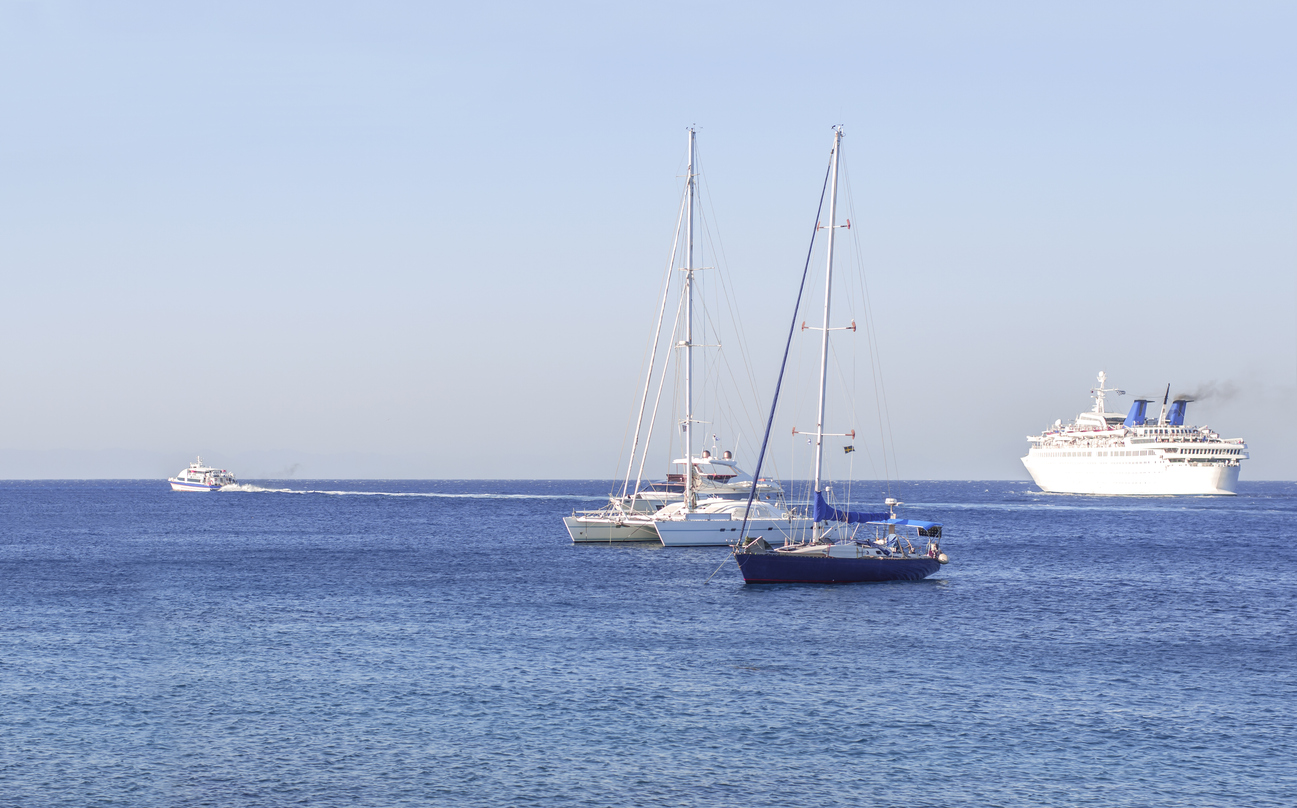
Wind and Water Conditions
Remaining safe while boating means first keeping an eye on the weather and knowing how adverse weather can impact your boating experience. The National Weather Service notes that the following weather conditions can pose a challenge for those who want to take their boats out:
- Strong winds
- Rough/choppy waters
- Lightning
- Waterspouts
Any of these weather conditions can make a body of water a lot more dangerous. This is particularly true for the smaller marine vessels that individuals commonly use. Therefore, it is wise to always check on the local weather conditions before taking your boat out. Any adverse weather will have an impact on the maximum speed at which you should operate your boat. In some cases, it might even be necessary to postpone or cancel your boat outing altogether.
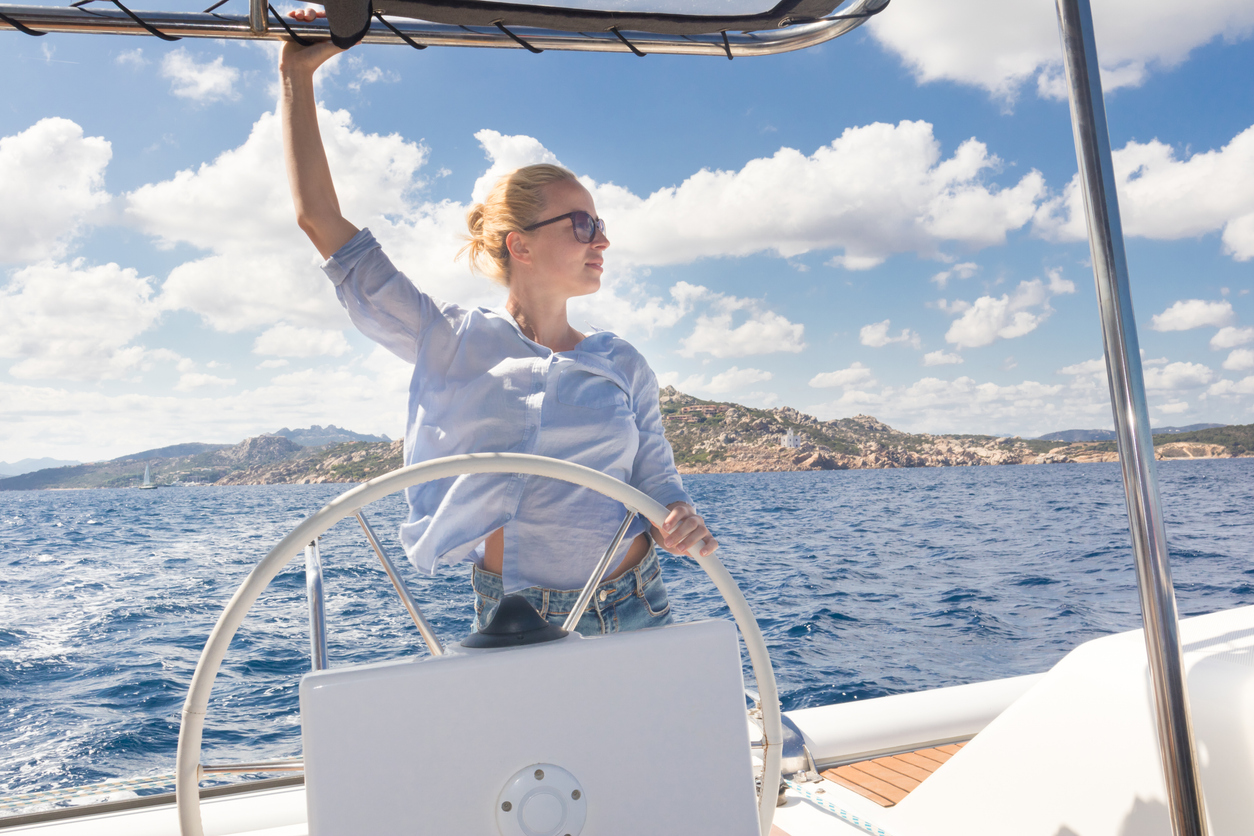
Types of Vessels in the Area
When determining safe boat speed, consider the other types of marine vessels in the area. If there are large vessels in the area, then they may become a hazard to you. It might be necessary to take your top speed down considerably if you discover that there are other vessels that are going to be in the same area as you.
It is always smart to be mindful of others who are out on the water. Not only is this the polite thing to do, but it might help to keep you safer while you are out on the open water as well. After all, the last thing that you want to do is speed your boat around the area when it turns out that there are other vessels that might end up in your way.
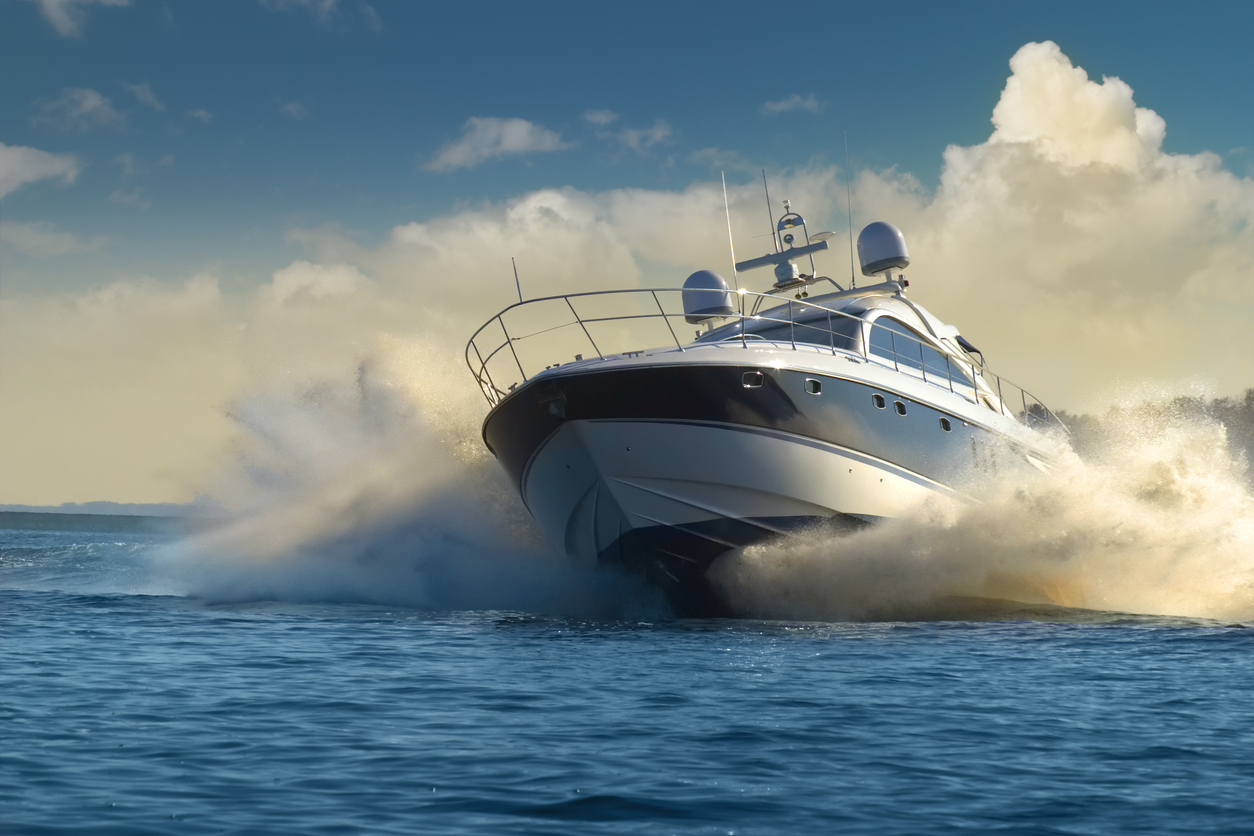
Area Laws and Speed Limits
One of the limitations to the speed that you apply to your boat is the local laws and speed limits. You don’t want to end up on the wrong side of the law and have the pay penalties and fines because you are moving too quickly.
The odds that you will be caught in the act are low, but they certainly aren’t impossible. Worse yet, if you do get caught speeding in your boat, then you might have to pay a variety of consequences as a result. To avoid this outcome, always be mindful of what the speed limits are in the area where you are boating and stay within them.
Engine Capabilities
Knowing what your boat can and cannot handle as far as the strain you apply to the engine is critical. You don’t want to overdo it and burn out your boat’s engine. To stay on the safe side, keep your boat firmly below the maximum recommended speed for the engine.
While it might be possible to travel at the maximum recommended speed based on your specific boat engine for some time, you don’t want to necessarily keep it at such a high level for too long. It can damage the engine and make it impossible to take out your boat in the future.
Obtain the Right Safety Equipment
When thinking about the maximum speed appropriate for your boat, consider how much safety equipment you have on board. Here are some of the items you should have:
- Life Jackets – The United States Coast Guard reported that in 2018 alone, there were 633 drowning deaths on waterways in the US. The majority of those victims (84%) were not wearing a life jacket while they were out on the water. This made them more vulnerable and ultimately resulted in their deaths. It is always necessary to keep life jackets (among other safety equipment) on board your boat.
- Distress Signals – In the event that you are stranded out on the water on your boat, it is always best to have some way to notify rescuers of your location. You simply cannot guarantee that your cell phone will be operational, and you might experience a failure of other critical equipment on the boat. One thing that you can do in such a scenario is to use distress signals to alert authorities of your location so you can be rescued.
- An Understanding of Speed Management – One of the most important safety devices that you can ever have on board is your brain. You need to know about good speed management while on the water and apply what you have learned to keep your speed under control. You and everyone else onboard will be a lot safer when you are smart about how fast you choose to go.
These are just some of the safety equipment that you should have on board to help keep your boating experience safe. The more safety equipment you have available, the faster you can travel and still feel comfortable.
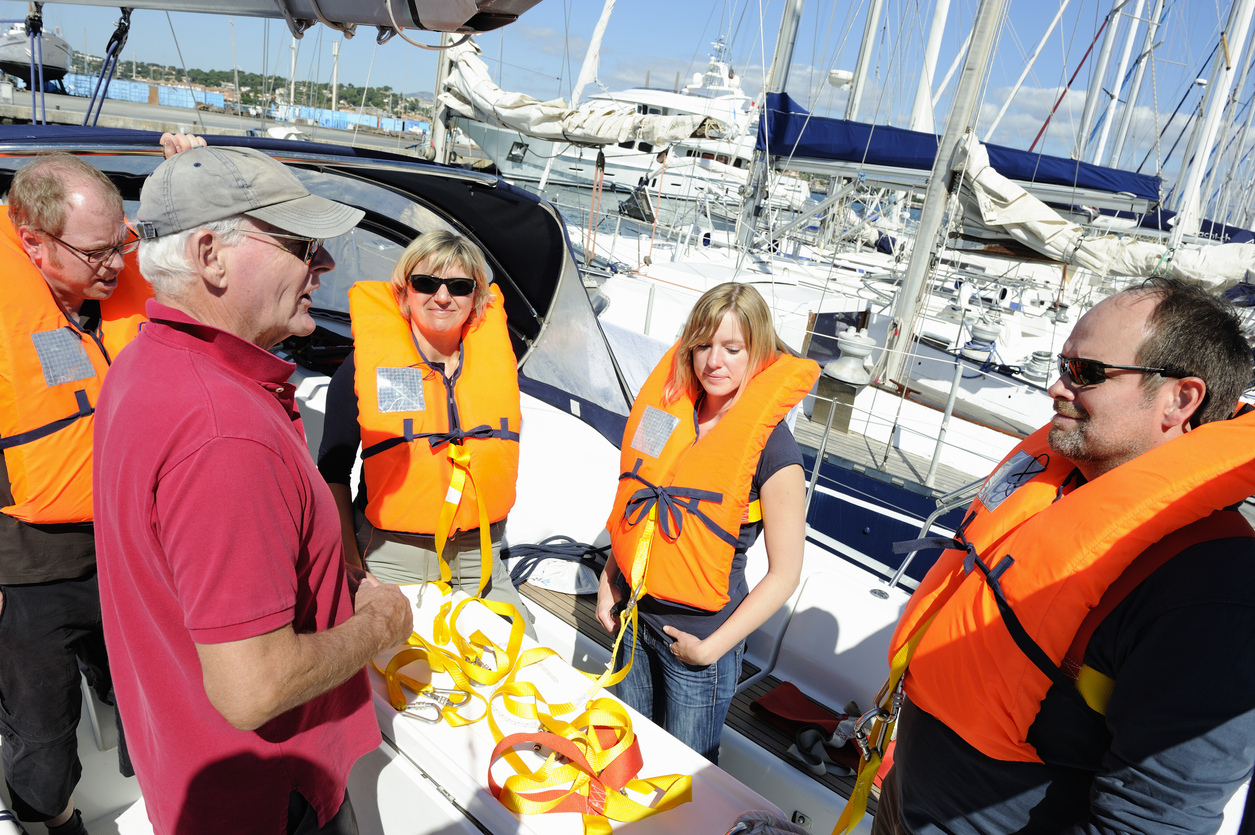
Safe Boat Speed: Applying Your Best Judgment
Whether you are researching how to choose a boat slip or looking at the local speed limits related to boating in your area, it’s always wise to use your best judgment. If anything at all feels a little off to you, then it is time to step back and reconsider if you have made the right choice about how fast you are traveling. The rule of thumb is to slow things down if you feel that they are getting a bit out of hand. For more information, reach out and contact us about the speeds that you can reasonably travel at on your boat.

